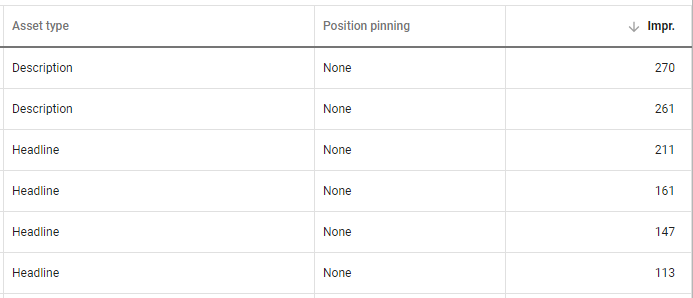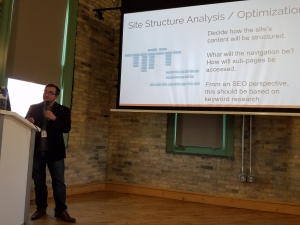Google’s paid search web is one that is constantly being woven, continuing to grow in scope and capability. In recent months, we have seen many changes and highly anticipated introductions rolling out onto the Google Ads Platform, such as integrations with other Google Products and enhancements in smart bidding strategies.
Both of these updates are intended to sharpen the proverbial advertising saw. But sometimes, Google finds opportunities to add an entirely new tool to the shed.
This is the case for Google’s recently launched ad type Responsive Search Ads (RSAs). With this ad format, advertisers can pump up to 15 headlines and four description lines into one ad, showing different combinations of those assets based on their deemed relevance to searches.
The uniqueness of these ads, besides their impressive size, is the automated selection of each headline and description combination. Unlike regular, straightforward text ads (where the ad copy used to create the ads is exclusively what gets shown on each impression), RSA’s rely on Google flexing their machine-learning muscles to show the most relevant message to every searcher.

Although there aren’t clear best practices for Responsive Search Ads yet, we here at Rocket Clicks have begun to determine what those best practices should be and how to fully utilize them. What we do know concretely, however, is that they are a valuable tool that could potentially revolutionize how advertisers think about ad copy.
One way RSA’s can make that impact is through their ability to be used as an Expanded Text Ad extraction method – a building block, so to speak, for new text ads you will make in the future.
Building Text Ads Out of RSA Assets
There has been no major change in the ad creation process as a whole; RSAs are made in either the Ads Interface or the Ads Editor. The biggest adjustments advertisers have to make when creating a RSA are the variety of copy points and the differences in determining which asset or ads are winners.
With the amount of headlines and description lines given in each responsive ad, there are hundreds of combinations that could be shown. This unlocks an entire realm of discovery untapped by conventional text ads.
RSAs enable you to get creative with your ad copy and throw in a description or two that you are hesitant on or unlikely to include in an ETA. Go mine the depths of your ad bank caverns and find a copy point to place it in your ad – not as a centerpiece, but as a hopeful inclusion with minimal risk.
Who knows? At the end of the test, maybe the asset could turn out to be a gem.
All of the hype surrounding RSAs is well-deserved. They truly could become a legitimate game-changer; however, it is important to note the beta still has its imperfections. Most notably, the performance data of the ad type is limited.
You can see the overall performance of the ad itself in the same detail as standard text ads, but the only data you’ll have on the individual assets is the impression volume. In other words, you do not see which combination of assets drive the most clicks or which ones convert at the best clip.
You can deduce that if an asset has significantly more impressions than others, it likely has a fair share of the overall click volume. Common PPC wisdom would refrain from basing entire ad tests on what you think drove performance rather than what the real story of the data tells, but I feel that is a position worth echoing.

Following the initial test, here are a few steps to follow that will help you maximize your testing efforts:
- Pull the top assets out of the RSA and create a new ETA.
- Note: When building the ETA, do not remove the combination from the responsive ad until it is actually proven to be successful.
- Continue to work with the assets living in the RSA. Replace the worst performers with new ad copy ideas.
- If the ETA you already built from the current assets works, remove those assets from the RSA.
- Continue monitoring the ad, observing which assets fill the void of the winners that have been removed.
- Repeat.
By constantly repeating this simple process, you will be on your way to becoming a seasoned miner of ad copy.
All in all, Responsive Search Ads are extremely powerful, definitely valuable, but largely incomplete. If you haven’t tested one in any of your campaigns, I urge you to start implementing them.
Be curious, test headlines and descriptions you might not have initially included in a standard text ads.
On the other hand, continuously monitor the test.
There’s reason to believe that RSA’s are just the beginning of the Google Ads machine learning renaissance. The potential for responsive search ads is as vast as it is untapped, and it’s going to be exciting to see their growth.




















